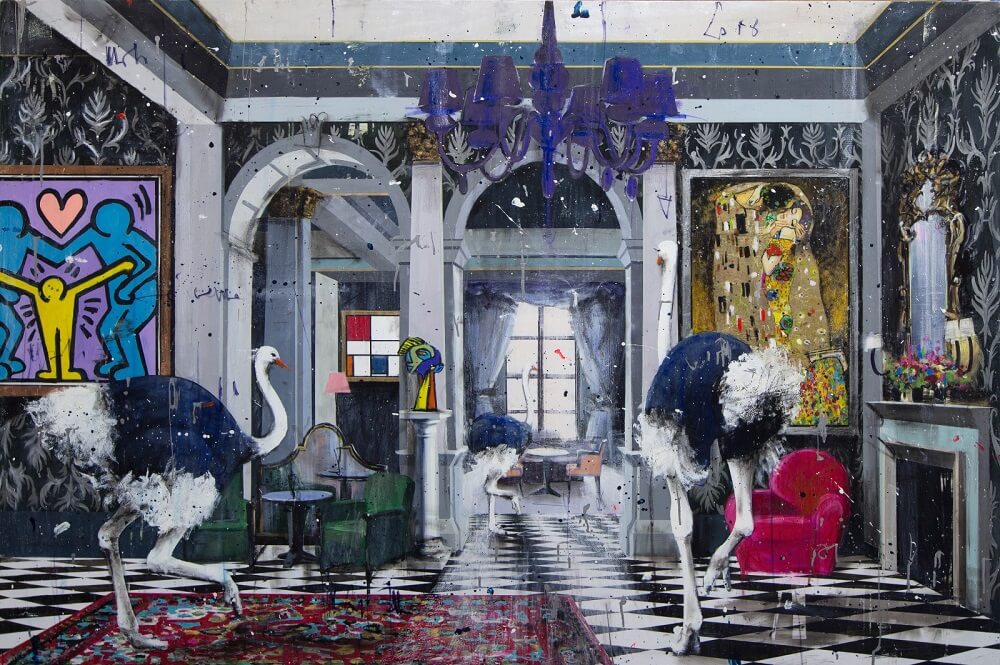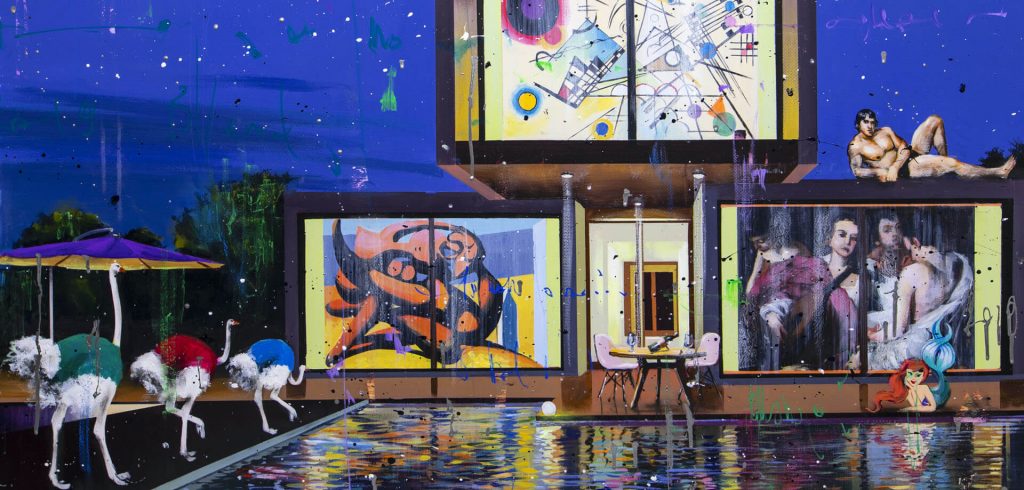Visual Art Types
Nearly anything and everything in the world can be described as a form of art. However, it must be noted that there are only a few types of visual art forms. When we talk about visual arts, you will find often find three types: fine art, commercial, and decorative art.
The broader meaning of “the art” covers everything from architecture through painting, music, theatre, and many more. Nonetheless, the visual arts are those creative creations that you can see, such as paintings or art sculptures.
What are the Types of Visual Art?
As stated earlier, there are three types of visual arts, including:
Fine Art
Fine art is one of the most popular forms of visual arts in the world. That’s because such pieces are made to be as stunning as they can possibly be. That also helps them to differentiate themselves and stops them from falling into the same category as commercial and decorative artworks.
You will also find different forms of art within the fine art category, even though the three major ones are known to be artworks, which have been made and produced as sculptures, paintings, or a piece of architecture. That’s especially true even though drawing has since remained to edge its way into contention as the main form.
Most of the ancient pieces of artwork can be considered as fine arts, even though more contemporary and modern art is making its way into the category. That includes artists like Angelo Accardi, Barbara Kruger, and David Kracov, who have art pieces available at Eden Gallery, where art collectors can purchase original art forms.
Commercial Art
On the other hand, similar to how decorative arts can be, commercial art is both visually aesthetic and functional, even though such pieces have been specifically made for advertising or marketing purposes. The artworks falling into this category will be utilized to market sales and obtain an interest in the products/services they’re marketing, along with businesses commissioning such pieces to gain an audience.
The artworks that can be seen within the commercial category involve things like illustrations, television, fashion designs, animations, graphic designs, photography pieces, and visual effects that can be seen on social media sites and other websites, as well as store displays, magazines, and TVs.
Remember that commercial art is the most typical visual art form to exist because you can see them everywhere. It is also the type of visual art that could be seen on a regular basis, as it’s heavily mass-produced after by commissioned by businesses or someone who has been employed to make it specifically for a paying client or customer.
Decorative Art
Finally, decorative art is probably one of the most typical visual pieces you will find today, as those can be works that feature a functionality about them. On top of that, they are visually pleasing to look at. Such art pieces can include things like everyday objects, even though they are not quite mass-produced.
Moreover, these artworks are often made by specialist artists who use their hands to make every single piece produced. That could also involve artwork forms such as metalworks, textiles, woodwork, glassware, and ceramics.
Remember that decorative art can be seen across the globe and within most of the cultures out there, with other nations presenting genuine specialists and rather one-of-a-kind designs.
You see, subcategories exist in each of those art types, and those art forms could be non-objective, abstract, or representation. Broader visual art forms include fashion design, sculpture, painting, ceramics, printmaking, drawing, video, photography, ceramics, commercial design, architecture, and crafts.
What are the Classifications of Art?
There are different classifications of art across all the visual arts. These are utilized to describe an artwork. Whether the artwork is 2D or 3D, it will always fall under one of those three main types.
Abstract Art
This is often the misunderstood type of art, called abstraction. It aims to take subjects from reality but present them in a way that’s different from the way they are perceived in our reality. Keep in mind that abstract art involves subcategories of Precisionism, Cubism, and Minimalism.
If the artist starts with a subject from reality, then the artwork is considered to be abstract.
Representational Art
Representational artwork strives to represent actual subjects or objects from reality. Subcategories under this form of art include Stylization, Idealism, Impressionism, and Realism.
All those forms of representationalism symbolize actual objects from reality. They still fall under the category of representation even though some of those forms are taking steps toward abstraction.
Representational art is often composed of older pieces of work, but it’s the biggest body of art accessible, but probably only because it’s older than others.
Non-Objective Art
Another type of visual art is often misunderstood for abstract art, even though it’s totally different from it. In case you didn’t know yet, non-objective art takes nothing from reality. It is made mainly for aesthetic purposes.
The intent of non-objective art is to utilize the principles and elements of art in a way that leads to visually encouraging work. On top of that, it is totally that simple. If the artist is making with no reference to reality, then his work is known to be non-objective.
Take note that non-objective art will use a series of different materials and elements, as well as the principles of art, to make a visually aesthetic piece of work.
Are you getting interested in trying one of these forms of visual arts but do not know where to begin? You can look up your community college art classes. Often, community centers will have these art classes too. It’s a fun activity to do with others and will certainly broaden your social circle.

I'd like to receive future updates and newsletters






